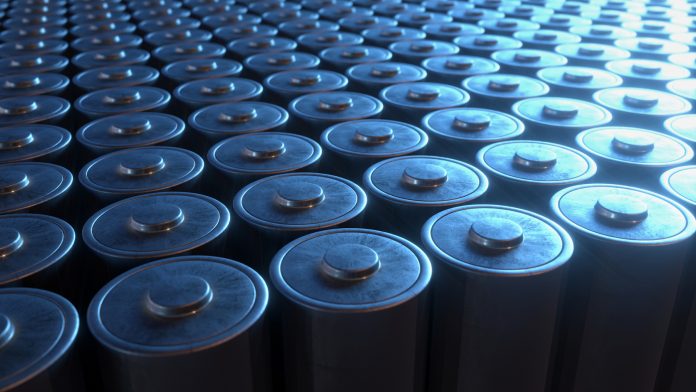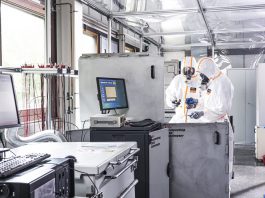Scientists from Tohoku University (TU) demonstrate a method that could diminish industrial reliance on rare metals in the production of lithium-ion batteries.
How can industrial reliance on rare metals in lithium-ion production be reduced?
TU researchers have been able to demonstrate that through the utilisation of inexpensive elements, the feasibility of synthesising electrode materials in the production of lithium-ion batteries (LIBs) is possible.
Furthermore, it has been noted that additional investigation into this particular topic could result in a significant reduction in industrial dependence on rare metals, such as cobalt and nickel.
The results of this study were published on 11 April 2022, in the American Chemical Society’s journal: ACS Applied Energy Materials.
Why are rare metals employed in production?
Rare metals are widely utilised because they form a suitable crystal structure for a key component in LIBs – cathode materials – and in these materials, lithium is easily and reversibly extracted.
However, this is expensive, and as a result, scientists have been searching for alternative methods to incorporate into the crystal structure that are low in cost. Unfortunately, an issue that has been repeatedly faced in this search, is that the solubility of other elements is significantly limited.
How did scientists discover the novel method?
The research group, which was led by Professor Tetsu Ichitsubo from TU’s Institute for Materials Research (IMR), employed a distinct strategy. Harnessing the energy gain from ‘configurational entropy’ – a material’s state of unpredictability – the team expanded the constituent elements’ solubility, thus synthesising new composition electrode materials: LiCr1/4Mn1/4Co1/4Ni1/4O2and LiCr1/5Mn1/5Fe1/5Co1/5Ni1/5O2.
This significantly reduced the use of cobalt and nickel. Ichitsubo explained: “Our approach unlocks the potential of other unused elements and will enable us to optimise multiple electrode properties simultaneously thanks to flexible material designs.”
What are the benefits of this?
Researchers have noted that the materials synthesised by this novel method may also improve the safety of LIBs. Tomoya Kawaguchi, Assistant Professor at IMR and corresponding author of the paper said: “Increasing configurational entropy also theoretically raises the stabilisation of the electrode material, contributing to the safety of the whole battery.”
Additionally, Ichitsubo and his research team also clarified the degradation mechanisms affecting the battery cycle with these new materials. This will serve as a guideline for developing novel high-performance materials using the high-entropy strategy.
Whilst the cyclability and capacity did not match conventional LIBs at present, the ability to synthesise new electrode materials opens up further avenues for research into LIBs.
To keep up to date with our content, subscribe for updates on our digital publication and newsletter.









